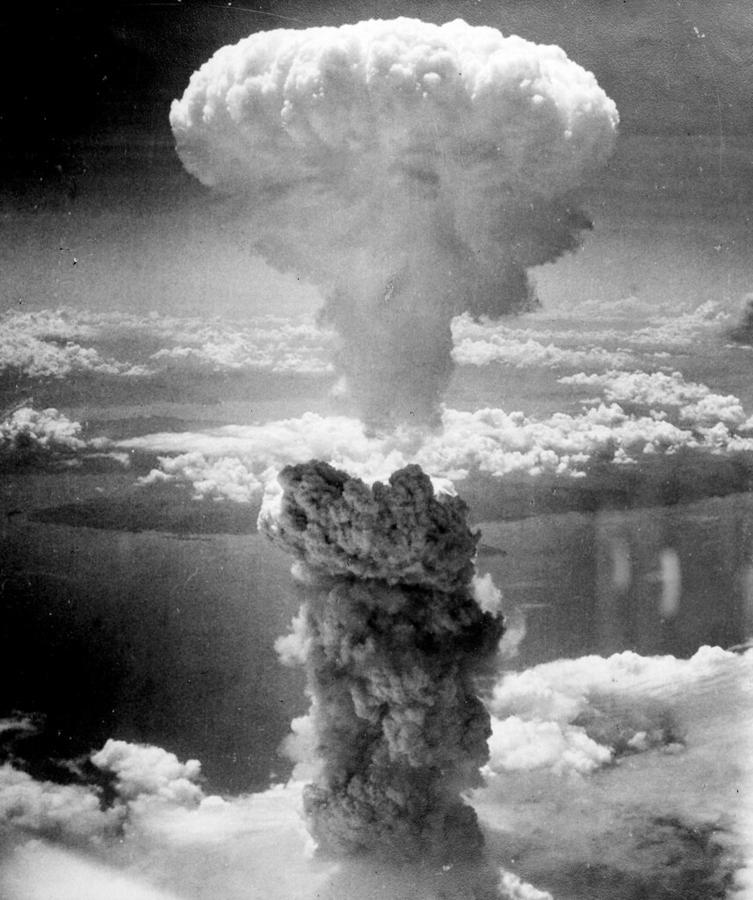Behind the Deadly Hiroshima Bombing

by Hiba Al-Quraishi, age 14
On August 9, 1945, the United States ended World War II at a terrible human cost by dropping the “Fat Man” nuclear implosive bomb in Nagasaki. This was three days after the atomic uranium bomb named “Little Boy” had decimated Hiroshima.
As a part of the Manhattan Project, the United States created the atomic bomb. The United States’ decision to deploy an atomic weapon was seen as an alternative to its planned invasion of Japan in November 1945. The uranium bomb left Alamogordo, New Mexico, for Hiroshima on July 14, 1945, after undergoing a successful test.
The Potsdam Declaration was issued on July 26, 1945. The declaration stated that if Japan didn’t surrender, they’d face immediate and total annihilation. This declaration was formulated by President Truman of the United States, Soviet leader Joseph Stalin, and Prime Minister Clement Attlee of Great Britain. U.S. military leaders debated whether or not to inform the Japanese about the deadly weapon they held in their possession. In the end, it was deemed too risky to let them know in advance. Japan refused the terms of the Potsdam Declaration on July 29, 1945.
President Harry S. Truman had approved dropping atomic bombs on several different Japanese cities including Kokura, Niigata, Kyoto, or Hiroshima. Hiroshima was a major port and military headquarters which served as a key strategic point from which the U.S. could demonstrate its superiority over Japan and to the rest of the world. Due to bad weather in Kokura and Niigata at the time, the pilots and their commanders shifted their strategy at the last minute to Hiroshima on August 6th, 1945, and Nagasaki on August 9th, 1945.
After the Potsdam Declaration was rejected by Japan on July 29, 1945, President Truman gave the order to begin dropping atomic bombs on Japan. The Hiroshima bomb killed between 90,000 to 146,000 people. The Japanese lawmakers gathered after the Hiroshima bombing to examine their next move.
The decision to surrender was forced upon the military leaders of Japan by the Japanese Emperor after the Nagasaki bombing. The Nagasaki bomb claimed between 39,000 and 80,000 lives. Even though the Nagasaki bomb was 40% deadlier than the Hiroshima bomb, the city’s hills, topography, and the fact that the bomb was dropped above an industrial region protected various parts of the town from the bomb’s explosion, heat, and radioactivity.
The Japanese Emperor surrendered on August 15, 1945 . The United States announced that it would recognize the Japanese surrender, which marked the end of World War II.
[Source: osti.gov, The World’s Greatest Disasters Book]



Loading Comments...